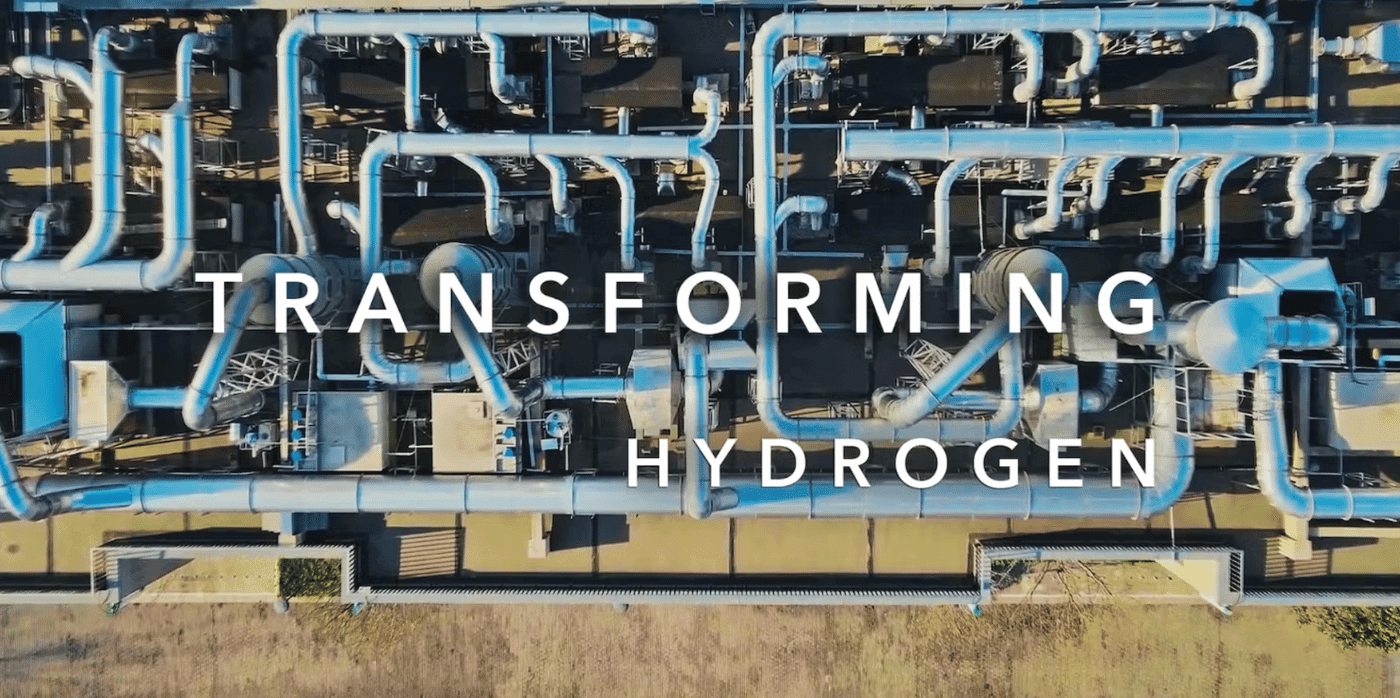Fuelling the hydrogen revolution with green ammonia

Hydrogen is the most abundant element on Earth and has been identified as an important clean fuel for the energy transition, emitting only water when burned instead of carbon dioxide. However, producing hydrogen can be carbon intensive, and storing and transporting it is a challenge due to the extremely low temperatures and high pressure needed to keep it stable.
For it to be a feasible alternative to fossil fuels, new methods for storage and transportation are required. Enter Nium, a spinout company from Cambridge University in the UK, which is pioneering a ground-breaking process for getting hydrogen from A to B using ‘green’ ammonia.
Turning hydrogen into ammonia – which is made up of hydrogen and nitrogen from the air – makes it much easier to move around. Nium uses nano catalysis, powered by renewable energy, which achieves this conversion at significantly reduced temperatures and pressures compared to the Haber-Bosch process – the way that ammonia has been produced for nearly 100 years. When the ammonia reaches its destination, the decentralised nature of Nium’s system means it is easy to turn it back into hydrogen using the same green process.
Green hydrogen provides a way to decarbonise hard-to-abate sectors such as transportation by truck or train, or heavy industry. Green ammonia, meanwhile, replaces ammonia produced through the traditional polluting process, which emits around 500mt of CO2 annually. And, in addition to being a means of transporting hydrogen, ammonia itself can be used in new applications such as shipping fuel, and it remains a key ingredient in fertilizers, which around 50 per cent of the world’s food production relies upon.
Nium’s new process is turning ammonia into a tool for the future, while cleaning up its use in the present.
Video and article credit: RE:TV

